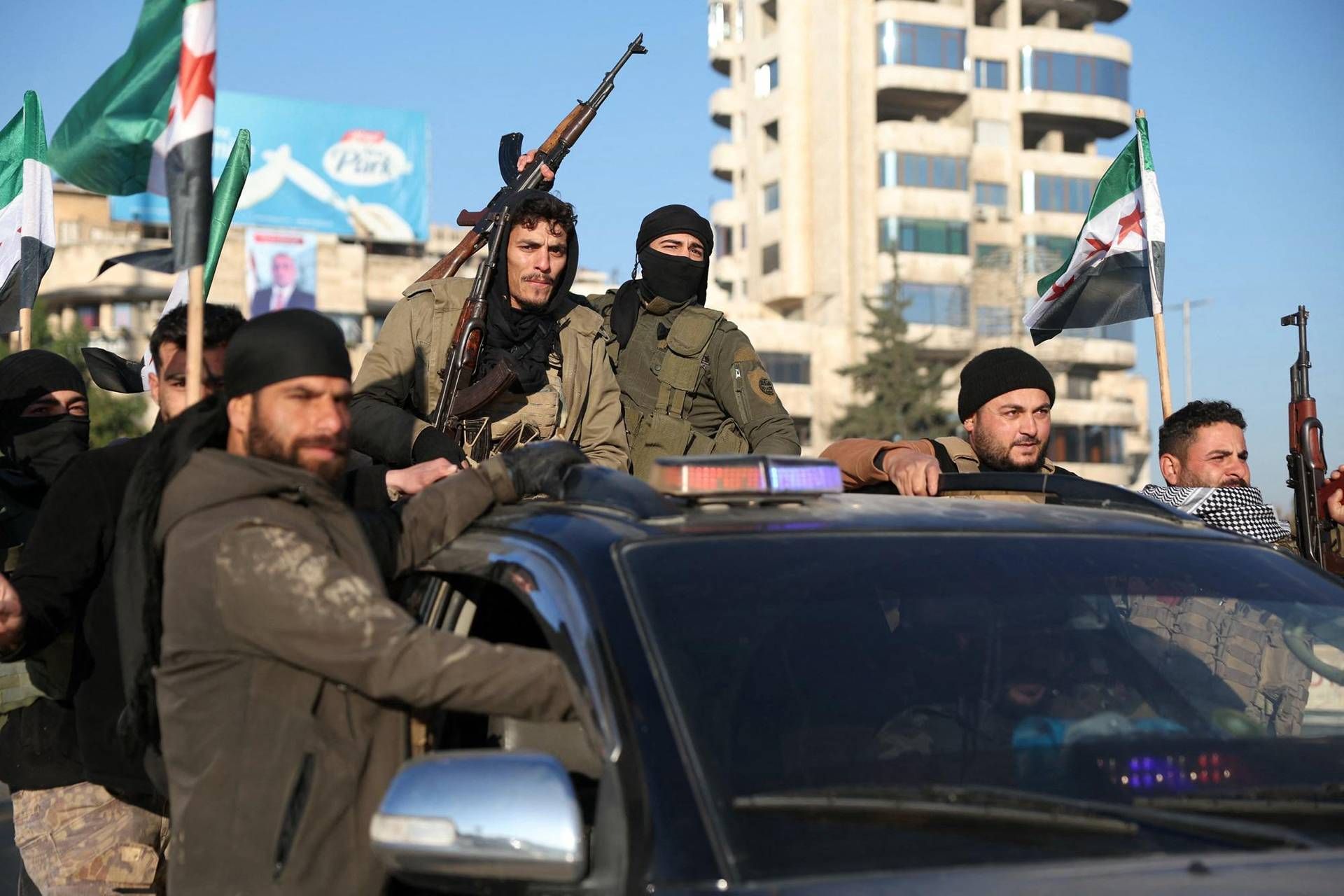International attention returns to Syria. After years of silence, what brought the spotlight back on the Arab country was the advance of armed factions in the north, starting with Aleppo, and the challenge to the Syrian leader Bashar al-Assad.
What led to the Syrian civil war and what is happening?
In March 2011 thousands of Syrians, at the time of the so-called Arab Springtook to the streets to demand democratic reforms, contesting Assad, from the Alawite minority, who came to power after the death of his father Hafez in 2000, in a country with a Sunni majority. The protests, in Sunni-majority cities, have been mostly peaceful. But Damascus responded with brutal repression. Some Syrians have begun to take up arms, and several groups that US troops had fought against in Syria have re-emerged in Syria. In 2012 the United Nations spoke of civil war. After years of fighting, forces loyal to Assad supported by Russia, Iran and Lebanese Hezbollah have regained much of the territory that had been conquered by the rebels. But a patchwork of groups continued to maintain control of pockets of conflict-ridden country hundreds of thousands dead and around 13 million displacedaccording to the United Nations, led to the horrors of the self-styled Islamic State. For years what remained of the opposition took refuge mostly in the province of Idlib, along the border between Turkey and Syria, as well as in other areas of northern and central Syria.
Here the violence exploded in October with clashes on the ground between insurgents and government forces, and Russian air raids against rebel positions. Fighting resumed after Lebanese Hezbollah, Assad’s allies, redeployed some forces from Syria to Lebanon. Today, a US military presence remains in eastern Syria, where the US has supported fighters led by Kurdish forces in the battle against the Islamic State. Until last week the conflict seemed ‘contained’, but Armed factions led by Hayat Tahrir al-Sham seized a government base in western Aleppo on Wednesday. Then they ‘went forward’, until they headed further south, towards Hama. It is not clear how much territory they can hold and for how long, even in the face of Damascus’ declarations of a mobilization of forces for a counterattack. But the offensive has rapidly redefined the front lines and threatens further destabilization of the country.
Who are the fighters and what do they want?
Hayat Tahrir al-Sham, based in the Syrian province of Idlib, leads the offensive at the head of a constellation of smaller armed factions. Among these, the so-called ‘Syrian National Army’, a coalition of forces supported by Türkiye which includes fighters from the first rebel group, the Free Syrian Army. In the past there has been no shortage of clashes between Hayat Tahrir al-Sham and the Syrian National Army, both however united by the desire to overthrow Assad. Hayat Tahrir al-Sham, a terrorist organization for the US State Department, aims at Islamic domination, even if in recent days declarations have arrived promising to protect cultural and religious sites in Aleppo, including churches.
The group, in some way the ‘heir’ of Jabhat al-Nusra, which was linked to al-Qaeda, is no longer associated with the organization founded by Osama bin Laden, and represents a more limited faction of fighters. The group controls the Bab al-Hawa crossing with Turkey and is the military arm of the Government of National Salvation, the de facto opposition administration in northwestern Syria.
Why did the offensive start now?
According to analysts, for years opposition fighters have been regrouping for an attack on government forces. The move coincides with ‘distractions’ from Assad’s key allies, Russia, Iran and Hezbollah. Emile Hokayem, Middle East security analyst at the International Institute for Strategic Studies, talks about “geopolitics” and “local opportunities”. “The rebels in general had regrouped, rearmed and retrained for something like this,” he says. At the start of the conflict in 2011, Iran and Hezbollah provided Assad with crucial forces to repel the rebels. And Russia was Assad’s air force.
But in 2022 it launched its “special military operation” in Ukraine, with the invasion of the country and has allocated most of its military resources to the military campaign that has been going on for over a thousand days. And last year, Hezbollah and Iran quickly became embroiled in the conflict between Israel and Hamas triggered by Hamas’ October 7, 2023, attack on Israel. Hostilities between Israel and the Lebanese Hezbollah continued for months, until the war broke out in September. A fragile truce has been in force in Lebanon since last Wednesday. While in October Iran suffered an Israeli attack in response to missiles launched earlier that month by the Islamic Republic in the direction of Israel after an air raid that killed Iranian commanders in Tehran’s consulate in Damascus.
Thus in Syria Assad and his forces have become ‘vulnerable’. “Personally I don’t think they thought they would reach Aleppo – comments Jihad Yazigi, director of the online publication Syria Report – I think they certainly knew that the regime was weak and wanted to take the opportunity to slightly expand the areas under their control”.
